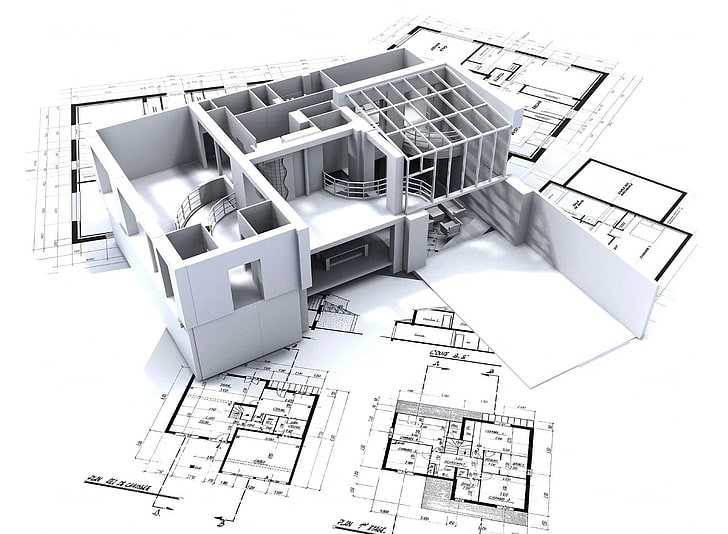Best BIM Services in Maryland
Best BIM Architecture, HVAC, 3D Modelling, 3D Coordination, Shop Drawings, 4-5D Simulations, Scan to BIM, MEP Design services in Maryland.
BIM in Architecture: Design Visualization: Architects use BIM software to create detailed 3D models of buildings, incorporating architectural elements such as walls, floors, windows, doors, and finishes. These models provide a realistic visualization of the project, allowing architects to explore design options, evaluate aesthetics, and communicate their vision effectively. Coordination and Collaboration: BIM facilitates collaboration among architects, engineers, and other stakeholders by enabling real-time sharing and coordination of design data. Through centralized BIM models, team members can work collaboratively, resolve conflicts, and ensure design integrity across disciplines. Sustainability Analysis: BIM tools offer sustainability analysis features that allow architects to evaluate the environmental performance of their designs. By simulating factors such as energy usage, daylighting, and thermal comfort, architects can optimize building designs for sustainability and energy efficiency. Documentation and Construction Drawings: BIM software generates accurate construction documentation, including plans, sections, elevations, and details, directly from the 3D model. This streamlines the documentation process, reduces errors, and ensures consistency between design intent and construction drawings. Facility Management: BIM models can be utilized for facility management purposes, providing comprehensive data about building components, maintenance schedules, and warranties. Architects can incorporate asset information into the BIM model to support efficient building operation and maintenance throughout the lifecycle. BIM in HVAC: System Design and Layout: HVAC engineers use BIM software to design and layout heating, ventilation, and air conditioning systems within buildings. BIM models allow engineers to visualize system components, ductwork, piping, and equipment in 3D, facilitating efficient system design and coordination with other building systems. Clash Detection and Coordination: BIM enables clash detection between HVAC systems and other building components, such as structural elements and architectural features. By identifying clashes early in the design phase, engineers can resolve conflicts and ensure that HVAC systems can be installed and operated as intended. Energy Analysis: BIM tools incorporate energy analysis capabilities that enable HVAC engineers to evaluate the energy performance of HVAC systems. By simulating system operation and analyzing energy consumption, engineers can optimize system design for energy efficiency and sustainability. Cost Estimation and Quantification: BIM models provide data for accurate cost estimation and quantification of HVAC components and systems. Engineers can extract quantities from the BIM model to generate detailed cost estimates, helping project stakeholders make informed decisions about budgeting and resource allocation. Prefabrication and Modularization: BIM supports prefabrication and modularization of HVAC components by providing detailed information about system components and connections. By prefabricating components off-site and assembling them on-site, contractors can reduce construction time, minimize waste, and improve construction quality.
3D modeling is a foundational aspect of Building Information Modeling (BIM) and plays a vital role in various industries, including architecture, engineering, construction, gaming, film, and manufacturing. Here's an overview of 3D modeling: Definition: 3D modeling is the process of creating three-dimensional representations of objects, spaces, or environments using specialized software tools. These models can range from simple geometric shapes to highly detailed and realistic renderings of complex structures. Applications: Architecture and Construction: Architects and designers use 3D modeling to create digital representations of buildings, interiors, and landscapes. These models facilitate design visualization, client presentations, and coordination with engineers and contractors. Engineering: Engineers utilize 3D modeling to design mechanical, electrical, and structural components of products and infrastructure projects. 3D models enable engineers to analyze performance, simulate behaviors, and optimize designs before physical prototyping or construction. Entertainment and Media: The entertainment industry employs 3D modeling for creating digital characters, environments, and visual effects in films, animations, video games, and virtual reality experiences. 3D models bring imaginative worlds to life and enhance storytelling capabilities. Manufacturing and Product Design: Manufacturers leverage 3D modeling to design and prototype products, machinery, and equipment. 3D models enable iterative design processes,
